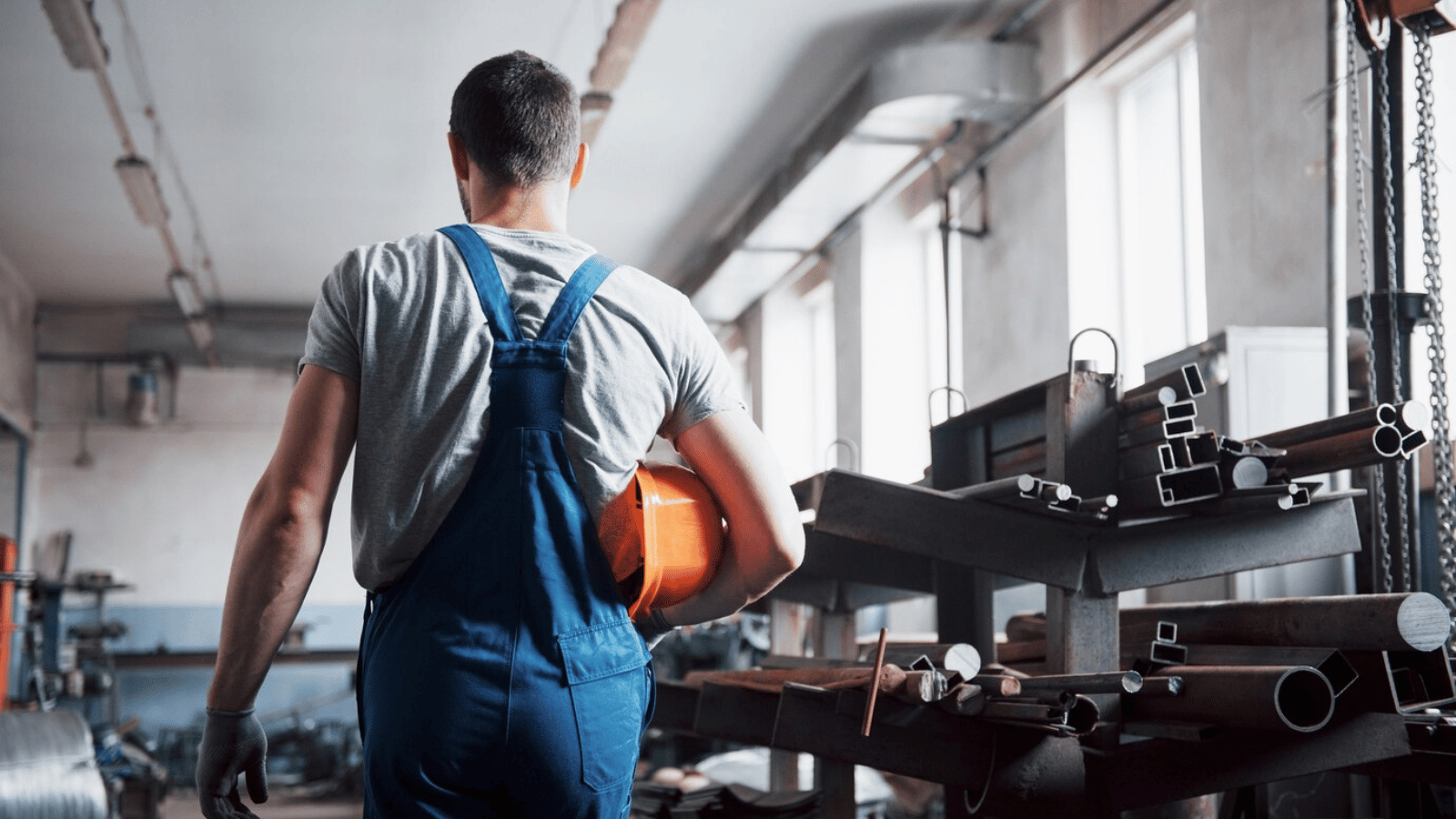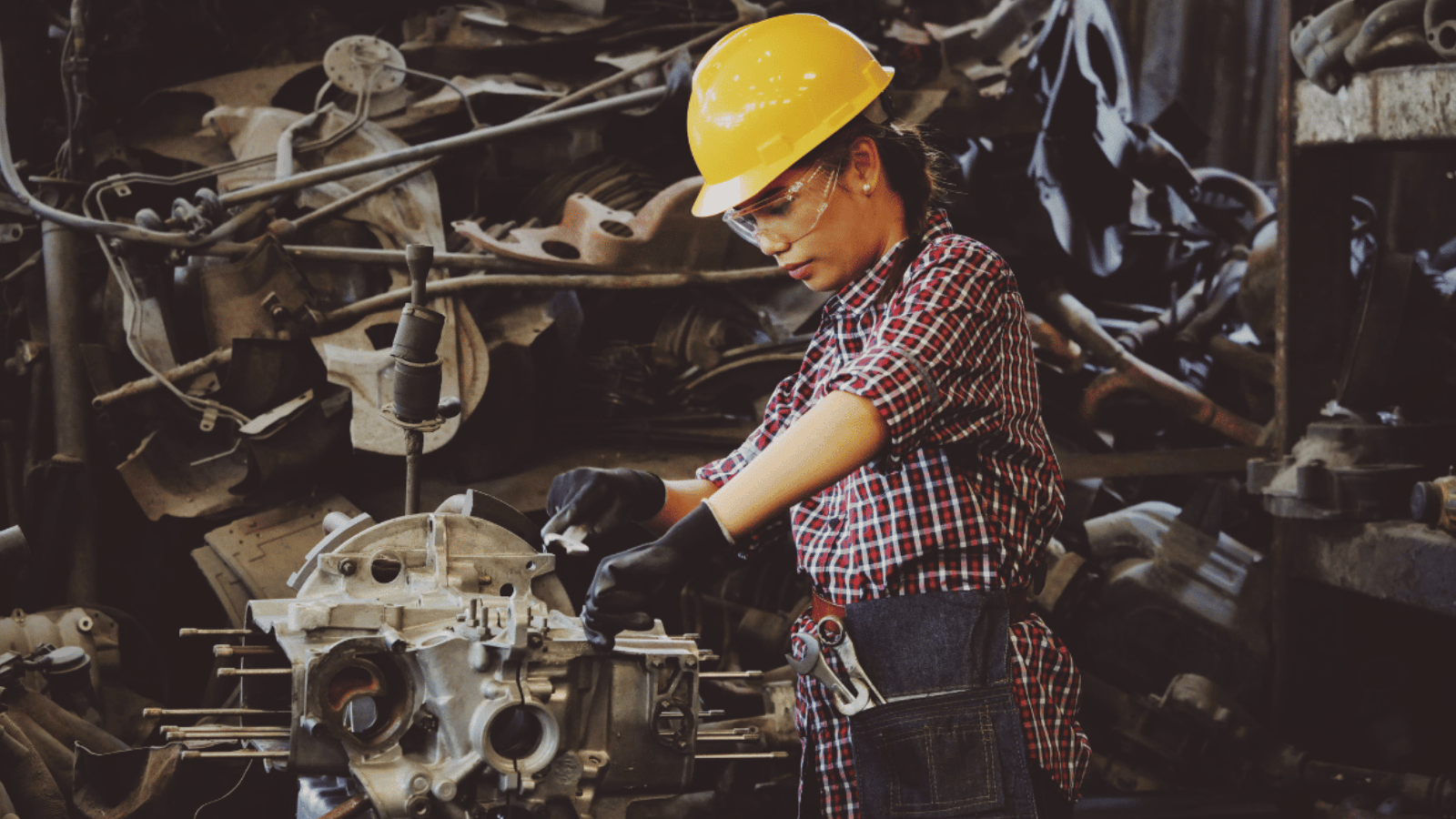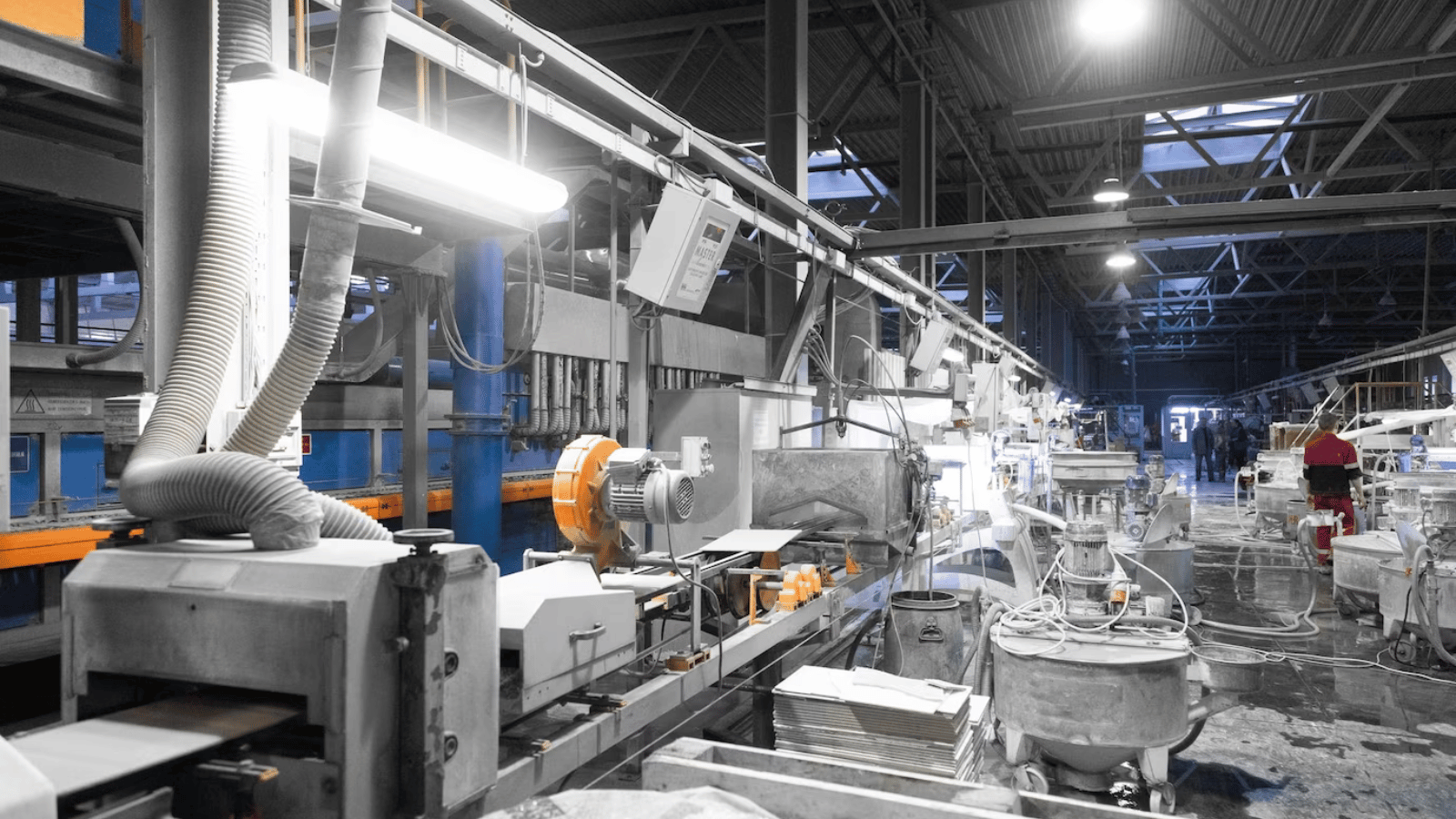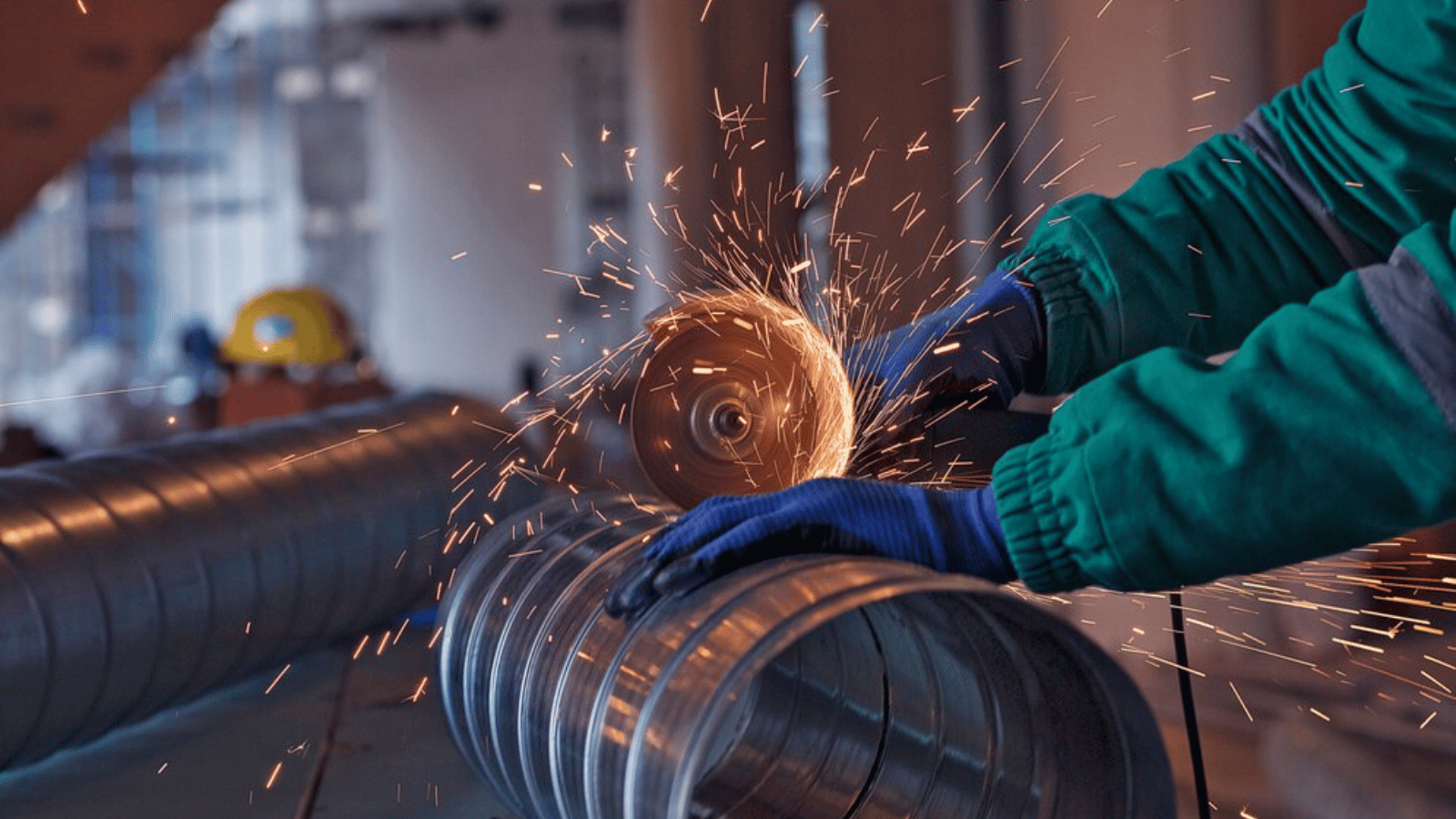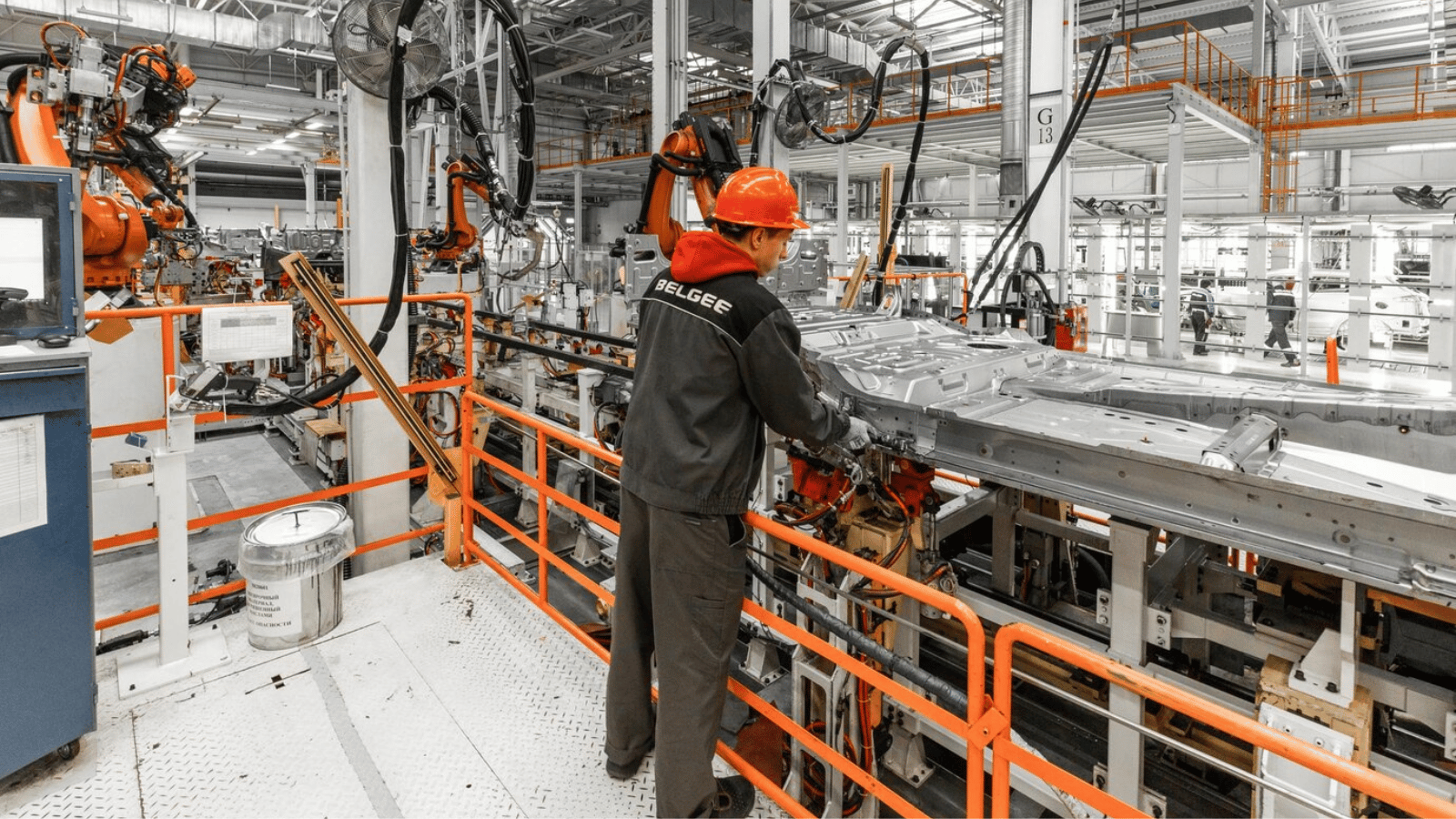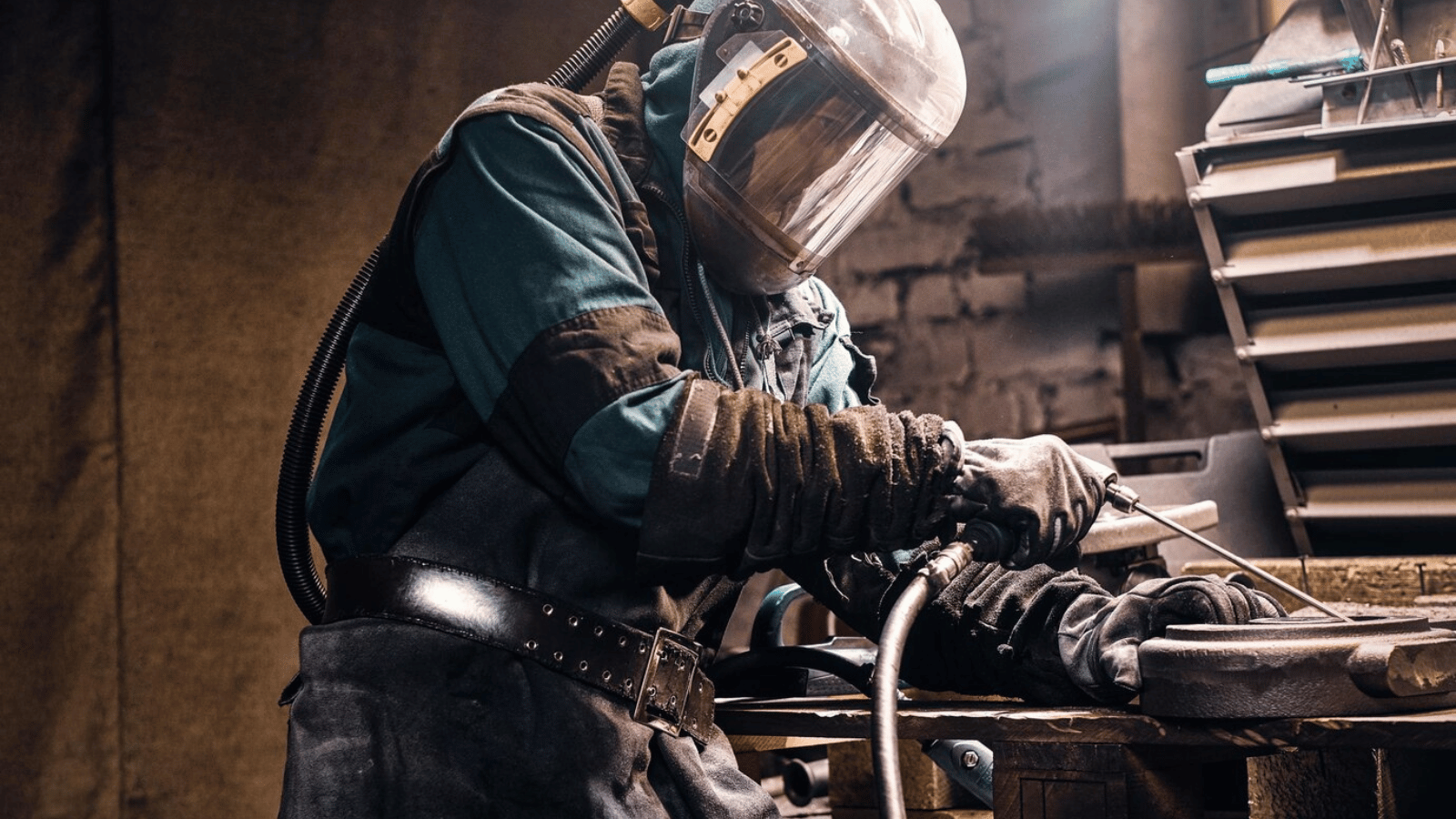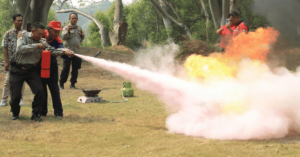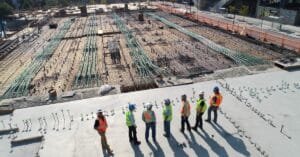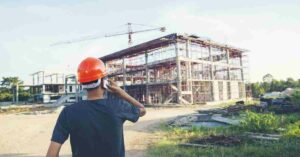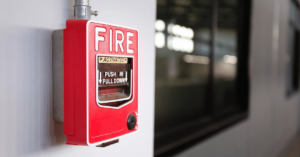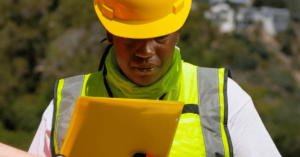Did you know that over half of the 135 work-related deaths in Great Britain in 2022/23 were caused by or directly involved working equipment?
Those damning statistics highlight just how dangerous working with equipment can be. They are also the reason why legislation like PUWER exists.
In this blog, we’ll tell you everything you need to know about PUWER – from defining what it is, to understanding exactly what equipment it covers.
What is PUWER, and What Does PUWER Stand For?
PUWER is an abbreviated term purporting to the Provision and Use of Work Equipment Regulations 1998.
The details of PUWER are designed to cover general environments wherein workers regularly use, need knowledge of, and upkeep machinery or equipment.
Areas like hospitals, farms, warehouses, construction sites, factories, offices, and schools are just some examples of the workplaces covered under the regulations.
The need for these regulations is clear, too. Statistics show that 60% of the UK’s work-related fatalities in 2022/23 came in the construction, farming, and manufacturing industries.
When Was PUWER Introduced?
The PUWER requirements we know today were introduced on 5 November 1998. These new rules took over from the original regulations, which had first been implemented in 1992.
Changes to legislation were included to cover the use of mobile, woodworking, and power press equipment, rendering several older regulations obsolete.
What is the Purpose of a PUWER Inspection
Regulation 6 of PUWER outlines the need for regular inspections and maintenance of all workplace equipment. These inspections, to be carried out by a competent person, determine whether the tools or machinery still meet the requirements of PUWER (more about these shortly).
PUWER inspections generally cover all items defined by the regulations as work equipment, including any:
- Machines
- Appliances
- Tools
- Safety components on installations, such as emergency stop controls.
These checks must be carried out before the first use of the equipment to ensure they have been installed correctly. Regular checks are necessary thereafter to highlight and track deterioration.
The regularity of these inspections can vary depending on the conditions in which the machine is used. For example, outdoor equipment should be checked more regularly than interior tools.
Additionally, records of PUWER inspections must be kept. While there is no set outline for keeping these details, you must ensure a PUWER checklist proforma and supporting tooling risk assessments are on record.
Is PUWER a Legal Requirement?
Yes, PUWER is a legal requirement in the UK that defines the standards for the safety and suitability of workplace equipment.
But, while these regulations sit under wider arching legislation such as the Health and Safety at Work Act 1974 and the Management of Health and Safety at Work Regulations 1999, they have their own specific focus. Namely, the safe operation and upkeep of workplace equipment.
Adherence to PUWER laws is overseen by the Health and Safety Executive (HSE). Non-compliance could not only result in risk or injury to your workforce, but it could also mean fines and legal action being brought against the employer or organisation in control of the equipment.
For example, a recent PUWER breach at Nestle saw the confectionary giant ordered to pay over £800,000 in fines and damages. In another incident, McCain Foods was fined £700,000 when a worker suffered life-changing injuries due to an insufficient machine guard.
How Do You Obtain a PUWER Certification?
At this point, it’s essential to make the distinction that no specific “PUWER certification” exists. Complying with PUWER requires work equipment to be safe, suitable, and adequately maintained.
Also, brands should provide specific staff training on using equipment safely. Undertaking specific training courses can be a crucial element in achieving compliance.
For example, TSW offers tailored training courses that align with PUWER’s requirements. These include:
- Power Press Safety Training: Ideal for production operators, maintenance teams, and supervisors. This course focuses on safe operation practices and risk mitigation to prevent serious injuries.
- Abrasive Wheel Training: Provides comprehensive knowledge on the safe use of abrasive wheels. This course enhances safety awareness and does not require pre-course preparation.
Courses like these support PUWER compliance by enhancing safety and proficiency in equipment use. But they do not result in a ‘PUWER certification’. Instead, they represent an organisation’s commitment to meeting defined safety standards.
Commitment to safety standards like this has been proven to enhance employee engagement. A report by Gallup found that companies with unengaged employees suffered over 60% more incidents. That number should be extremely worrying for those in the high-hazard workplaces we mentioned earlier.
What are the Main Requirements of PUWER?
The main requirements of PUWER are to ensure that workplace equipment has or undergoes the following:
- Regular Maintenance and Suitability: Ensure all equipment is regularly maintained, in good working condition, and suitable for its intended purpose.
- Regular Inspections: Conduct thorough equipment inspections at regular intervals, including post-installation and before each use, to ensure safety and functionality.
- Safety Guards and Devices: Implement guards and protective devices to safeguard against hazards such as breaks, overheating, and burns – particularly with heavy machinery.
- Comprehensive User Training: Provide comprehensive training to all equipment users, ensuring they are knowledgeable and proficient in operating safely.
- Appropriate Machine Controls: Equip machines with appropriate starting, stopping, and speed regulation controls.
- Clear Markings and Warnings: Clearly display any necessary markings and warnings on equipment.
- Equipment Stabilisation and Lighting: Stabilise equipment where necessary with clamps and ensure adequate lighting for safe operation.
- Maintenance Safety and Logs: Perform maintenance operations safely and efficiently with a well-maintained log for tracking.
- Special Requirements for Certain Equipment: Adhere to specific requirements for mobile work equipment and power presses.
- Write Instructions for Use: Provide written instructions for equipment use where applicable.
- Manage Risks from Temperature Extremes: Manage risks associated with cold and hot parts of the equipment to prevent injuries.
- Protection from External Power Sources: Ensuring equipment is adequately protected and isolated from external power sources, including electrical, hydraulic, pneumatic, and gravitational energy.
However, while the above requirements seem reasonably comprehensive, they are dependent on the type of equipment you use.
Equipment and working environments may be subject to additional regulations like LOLER for lifting equipment, the PSSR for pressurised equipment, or COSHH for managing hazardous chemicals.
Understanding the tools and machinery you use is crucial to knowing which guidance and statutes you must follow.
Who Does PUWER Apply To?
The regulations place responsibility on employers, the self-employed, and anyone using equipment – whether the business owns the equipment or not.
To further clarify, PUWER regulations apply to:
- People who own, operate, or control the work equipment.
- Suppliers who own, operate, or control the work equipment.
- Organisations whose employees use the work equipment, even if they do not own them.
Why is PUWER Important in the Workplace?
PUWER is incredibly important in the workplace as it highlights the importance of diligence and competence when handling professional equipment.
Workplace equipment plays a part in many common health and safety issues. The PUWER guidance recognises this risk and places the responsibility on everyone in the business to ensure workers are appropriately trained and protected before handling potentially hazardous equipment.
But it’s not just in equipment utilisation that PUWER can provide vital guidance. Musculoskeletal injuries can also occur in construction due to lifting or manoeuvring equipment.
To emphasise that point further, 13.4% of sick days for the UK population in 2021 were attributed to musculoskeletal issues. One way to avoid this pressure on resources is to ensure your staff remains up to date with the manual handling training.
What Equipment is Covered by PUWER?
As covered above, the PUWER outlines cover any workplace equipment that could risk people’s health and safety.
This could include:
| Tools | Machinery | Apparatus | Lifting Equipment | Appliances |
| Power tools | Drills | Water distilling | Cherry pickers or basket cranes | Commercial fridges and freezers |
| Glue guns | Motor vehicles | Scaffolding | Hoists | Ovens and microwaves |
| Saws | Food processors | Bunsen burners | Elevating work platforms | Dishwashers |
| Welding equipment | Hoists | Laboratory apparatus | Forklifts | Washing machines |
| Abrasive wheels | Pallet trucks | Hot water baths | Cranes | Commercial coffee makers |
| Wood presses | Conveyors | Autoclaves | Lift trucks | Hot and cold holding units |
| Knives | Sewing machines | Fume extraction | Computers | |
| Pressure washers | Paint booths | Measuring devices | Photocopiers | |
| Belt sanders | Cherry pickers | Medical equipment | ||
| Hammers | Lathes | Cooking equipment | ||
| Clamps | Floor polishers | |||
| Pumps and hoses | Band saws | |||
| Meat cleavers | Sewing machines | |||
| Sharpening tools | CNC machines | |||
| Drills | Floor polishers | |||
| Handsaws | Milling machines | |||
| Riveters | Lathes |
While PUWER’s primary focus is on movable work equipment, its statutes also extend to components of certain installations. However, the defining aspect of installation coverage is whether these components are integral to the operation and safety of work equipment.
For instance, emergency stop controls are within PUWER’s scope as they are essential for the safe operation of that equipment.
However, PUWER generally does not cover fixed installations in buildings, like plumbing systems or electrical wiring systems, as other safety regulations typically govern these.
How Often is Equipment Checked Under, PUWER?
Regular inspection of all workplace equipment is required. But, as we mentioned earlier, the amount of usage and environment can have a say on how often checks should be conducted.
To clarify, there are four clear distinctions to make when defining the regularity of PUWER checks.
- After installation and prior to first use: To ensure correct installation and that it will operate safely.
- Before each use: Workers should carry out pre-use checks to ensure there are no obvious signs of damage or potential risks.
- When equipment is regularly exposed to the elements: Equipment that is normally employed outside should be subjected to more regular reviews. This could mean additional weekly or monthly checks to assess environmental wear and tear. Machinery used on construction sites or in agricultural settings are good examples.
- Following exceptional circumstances: Equipment should be checked over after receiving damage, refurbishment, or modification.
PUWER Checklist
Meeting all PUWER assessment guidelines can seem daunting, especially if you’re new to it.
To help with this, here’s a checklist of questions to ensure compliance. These were originally included in the PUWER checklist template provided by Datascope.
Suitability of Work Equipment
- Does the equipment’s design, build, or modification make it appropriate for its intended use?
Maintenance
- Does the equipment undergo regular checks and upkeep?
- Is there a mechanism to document any maintenance tasks resulting from these inspections or scheduled maintenance activities?
- If you answered “Yes” above, is the log updated regularly?
Specific Risks
- Is the equipment with potential health and safety risks only operated by designated staff with proper training and guidance?
- Are tasks such as repairs, alterations, upkeep, or servicing exclusively assigned to individuals specifically chosen for these roles?
Information and Instructions
- Are all individuals utilising the work equipment provided with adequate health & safety details?
- Do all those overseeing or managing the use of the work equipment possess sufficient health & safety information and, where necessary, written guidelines for operating the equipment?
- Is the provided information and instructions easily understandable to the relevant parties?
Training
- Have all individuals operating the work equipment been sufficiently trained in health & safety protocols, including the techniques for using the equipment?
Conformity with European Community Requirements
- Does the work equipment supplied after December 31, 1992, adhere to all applicable EC Directives.
Dangerous Parts of Machinery
- Is every potentially harmful machinery section shielded or interlocked as much as possible to mitigate risk?
- Do all safety barriers and protective devices serve their intended purposes adequately?
- Are all safety barriers and protective devices constructed well and possess sufficient durability?
- Are all safety barriers and protective devices maintained in a condition that ensures their effective operation and good repair?
- Do all safety barriers and protective devices avoid increasing health & safety hazards?
- Are all safety barriers and protective devices designed so they can’t be easily circumvented or rendered ineffective?
- Are all safety barriers and protective devices located at a safe distance from the danger area?
- Do all safety barriers and protective devices avoid excessively obstructing the view of the machine’s operating cycle when visibility is essential?
- Are all safety barriers and protective devices built in such a way that they permit necessary operations for parts fitting or replacement and maintenance without disassembling the safety barrier?
Protection against specific Risks
Is the individual operating the work equipment shielded from the following potential risks to their health and safety? If prevention is not feasible, are these hazards sufficiently managed:
- Any article or substance falling or being ejected from the work equipment.
- Rupture or disintegration of parts of the work equipment.
- Work equipment catching fire or overheating.
- Unintended or premature discharge of any article or substance used, produced or stored in the work equipment.
- Unintended or premature explosion of the work equipment or any article or substance used, produced or stored in the work equipment.
High or Low Temperature
- Are all hot and cold equipment components that could potentially lead to injuries sufficiently safeguarded?
Controls
- Is the work equipment provided with one or more controls to:
- Start the work equipment?
- Change the speed or other operating conditions where such changes alter the risk to health & safety.
- Safely stop the work equipment?
- Is the stop control designed to turn off all power sources for the work equipment when required for health and safety purposes?
- Does the stop control have precedence over any other control that initiates or modifies the working conditions of the machinery?
- If the machinery poses a risk during operation, does it have a clearly marked and easily reachable emergency stop that supersedes all other controls on the equipment?
Isolation from Energy Sources
- Does the work equipment, where necessary, have appropriate measures in place to disconnect it from all energy sources in a way that is easily identifiable and readily accessible?
- Are the methods of reconnection designed not to expose individuals to any potential health and safety hazards?
Stability
- Has the equipment been stabilised, secured or restrained to the best extent possible to avert potential risks?
Lighting
- Is there a mechanism to guarantee that the lighting is adequate to avoid risks associated with low visibility, regardless of where and when the work equipment is utilised?
Maintenance Operations
- Is all equipment maintenance performed while the machinery is not in operation?
- When this is not feasible, is the maintenance work conducted outside the hazard area or by personnel equipped with protection against potential risks?
Markings
- Are all essential health and safety markings and indicators installed and clearly visible?
- Do all these indicators adhere to the required standards like BS5378 and the Safety Signs Regulations 1980?
Warnings
- Are all safety signals clear, easily noticeable, and straightforward to comprehend?
Conclusion
When working with or supplying potentially hazardous equipment, knowing about PUWER regulations is vital.
Not only is it crucial for providing a safe and healthy working environment, but it also helps businesses avoid incidents, costly downtime, and damaging legal ramifications.
An additional way to reduce your exposure to risk in the workplace is to ensure you remain up-to-date with the latest occupational health and safety training. Courses like IOSH, NEBOSH, and Highfield Qualifications are perfect.
These comprehensive assessments are part of our wider range of health and safety courses to keep you and your team updated with all the latest requirements.


